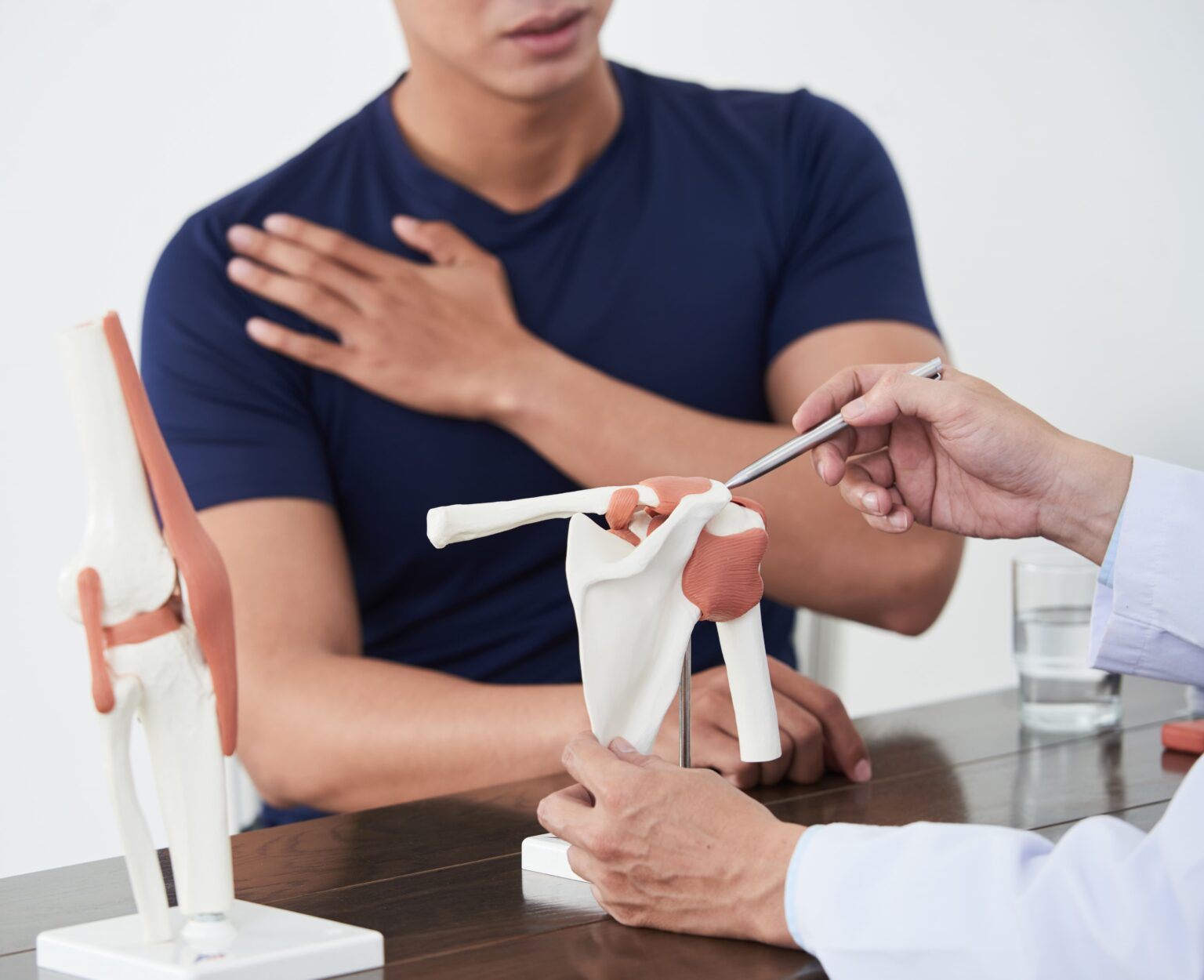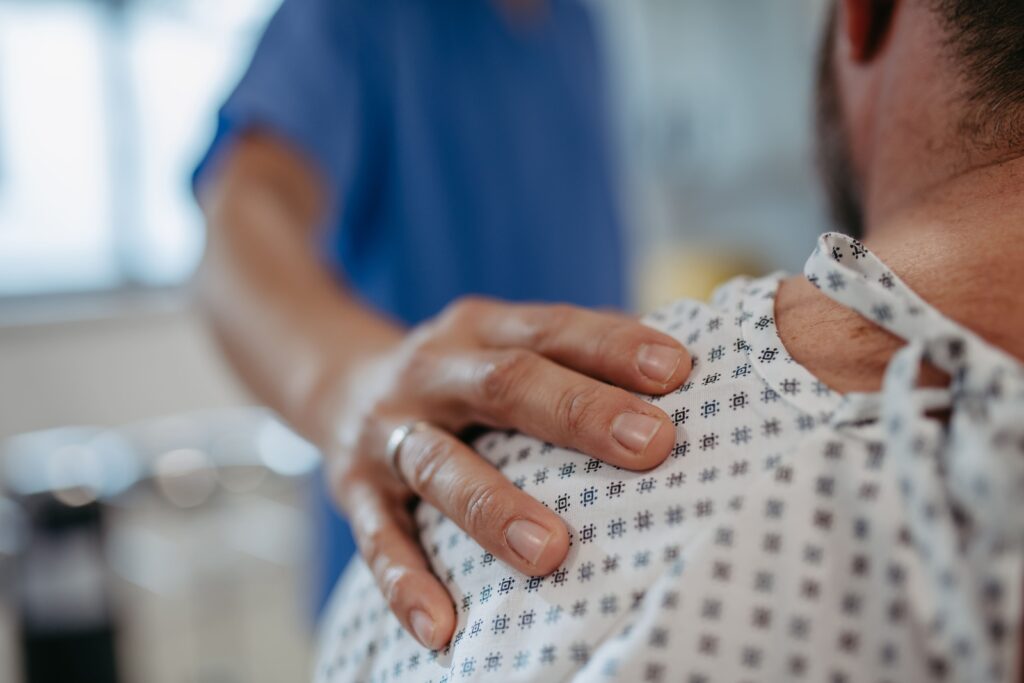Schedule An Appointment With Us
Are Your Symptoms Affecting Your Quality Of Life?
Consult our MOH-accredited orthopaedic specialist for an accurate diagnosis & personalised treatment plan today.

MBBS (S’PORE)
MRCS (Ireland)
MMed (Ortho)
FRCSEd (Ortho)

Arthroscopic Subacromial Decompression is a surgical procedure aimed at relieving pain and restoring function in the shoulder, particularly in cases involving impingement syndrome. This procedure is performed using arthroscopy, a minimally invasive technique that involves inserting a small camera and instruments through tiny incisions around the shoulder.
Arthroscopic Subacromial Decompression is typically recommended when conservative treatments, like physical therapy and medication, have not provided sufficient relief.
Arthroscopic Subacromial Decompression is primarily indicated for patients suffering from subacromial impingement syndrome, a condition characterised by pain and limited movement in the shoulder. This typically arises from the compression of the rotator cuff tendons and the subacromial bursa within this space.
The need for this surgical intervention is considered under the following circumstances:
Preparation for Arthroscopic Subacromial Decompression is a key step in ensuring a successful outcome for the surgery. Patients should follow specific guidelines before undergoing the procedure:
A comprehensive medical examination is necessary to assess the patient’s overall health status. This may include blood tests, ECG, and chest X-rays.
Detailed imaging studies such as MRI or ultrasound of the shoulder help in planning the surgical approach.
Patients should inform their orthopaedic surgeon about all medications they are taking, as some may need to be stopped or adjusted before surgery.
Smoking can impede healing and increase the risk of complications. Patients are advised to quit smoking before the surgery.
A balanced diet can aid in recovery. Patients may be advised to increase their intake of certain nutrients that promote healing.
Reducing or eliminating alcohol consumption before surgery can minimise the risk of bleeding and other complications.
Patients will be instructed to fast for a certain period before the surgery to reduce the risk of anaesthesia-related complications.
Specific instructions regarding the continuation or cessation of certain medications will be provided.
Arthroscopic Subacromial Decompression is typically performed as an outpatient procedure, meaning patients can go home the same day.


Effective postoperative care and rehabilitation are crucial components of the recovery process following Arthroscopic Subacromial Decompression.
Schedule An Appointment With Us
Consult our MOH-accredited orthopaedic specialist for an accurate diagnosis & personalised treatment plan today.

MBBS (S’pore)
MRCS (Ireland)
MMed (Ortho)
FRCSEd (Ortho)
Dr Kau (许医生) is a Fellowship trained Orthopaedic Surgeon with a subspecialty interest in Hip and Knee surgery and has been in practice for more than 15 years.
He is experienced in trauma and fracture management, sports injuries, and joint replacement surgery.
If you have any enquiry, please do get in touch. Leave us a message and we will get back to you shortly.
For Singaporeans, Singapore Permanent Residents and Foreigners.
Please speak to our friendly clinic staff about using your insurance plans.

The recovery period after Arthroscopic Subacromial Decompression varies but is generally phased. In the initial recovery phase, which lasts from 2 to 4 weeks post-surgery, the focus is on managing pain and inflammation while starting gentle mobilisation exercises.
The intermediate recovery phase extends from 4 weeks to 3 months, during which rehabilitation exercises are intensified to regain strength and flexibility.
The long-term recovery, where complete healing and return to all normal activities typically occur, can take between 3 to 6 months. This timeline varies based on individual factors such as healing rates and the complexity of the surgery.
Patients may experience some pain and discomfort following the surgery, but this is usually manageable with medications. The level of pain varies among individuals.
The timeline for returning to work depends on the nature of the job. For desk jobs, it might be a few weeks, while physically demanding jobs may require a longer recovery period. It’s important to follow the orthopaedic surgeon’s advice on this matter.
As the procedure is minimally invasive, the scars are typically small and less noticeable. However, some degree of scarring is inevitable.